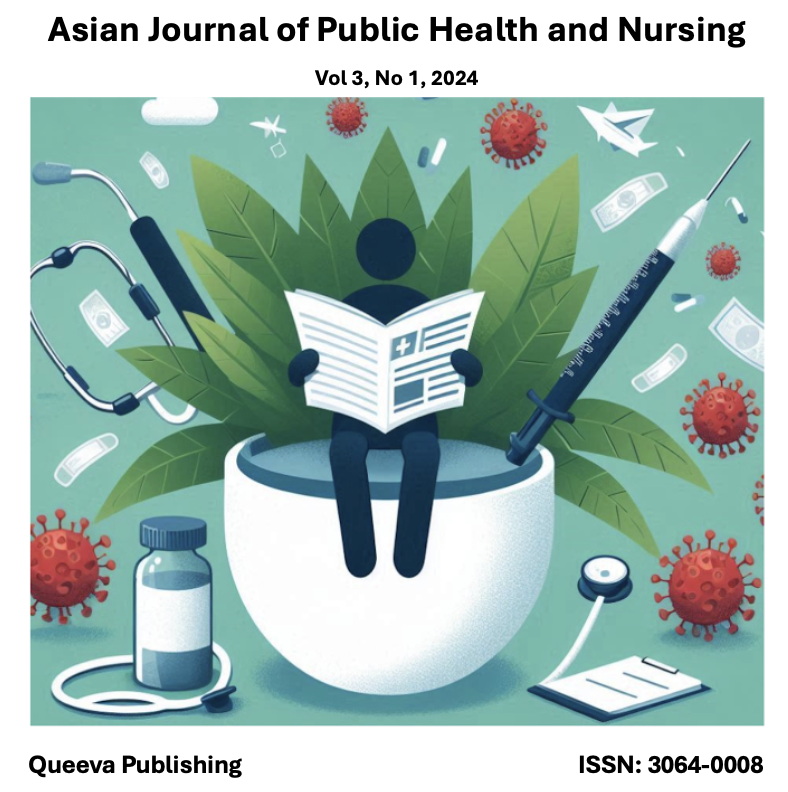Exploring Parental Perspectives on Factors Influencing Sugar-Sweetened Beverage Consumption in Children Aged 8 to 14
Main Article Content
Abstract
Background: This study explores the increasing consumption of sugar-sweetened beverages (SSBs) among children aged 8 to 14 years from the parental perspective, aiming to identify influencing factors.
Methods: A qualitative phenomenological approach was used, involving in-depth interviews with parents. Thematic analysis was employed to extract insights. The study was conducted in Coventry, West Midlands, UK with a purposive sampling technique to select participants. Data were manually transcribed and analyzed using Braun and Clarke's six-phase framework for thematic analysis.
Results: Four key themes surfaced: (1) parental control over the provision of sugar-sweetened beverages, (2) marketing tactics, (3) shopping and special events, and (4) friend influence. Children's drinking habits are greatly influenced by parental practices, such as rewarding children with SSBs and giving their desires priority. Lower pricing makes SSBs more accessible, and effective marketing—which includes commercials and a variety of product options—encourages usage. Peer pressure and special events also play crucial roles.
Conclusion: The research emphasizes how peer pressure, marketing, special events, and parental conduct all interact in intricate ways to impact children's intake of sugar-sweetened beverages. To address these concerns, it emphasizes the need of focused public health initiatives and policies. The growing trend of SSB intake may be lessened by informing parents about healthier options and the dangers of SSBs, as well as by regulating marketing strategies. Public health benefits greatly from this study, which indicates that to properly address this problem, more professional engagement and development are necessary.
Article Details
Issue
Section

This work is licensed under a Creative Commons Attribution-NonCommercial-NoDerivatives 4.0 International License.




